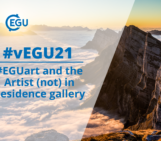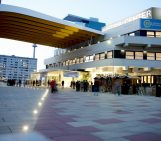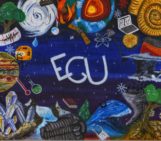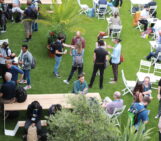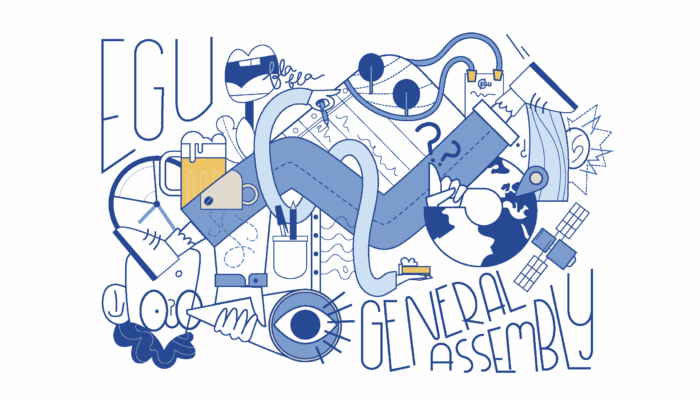
About the unique trans-disciplinary exchanges EGU’s General Assemblies (GA) offer, and the far-reaching impact they can have.
Stepping outside one’s bubble can vastly expand our horizons and open unimagined paths. The EGU’s GA offers ample space for participants to do so. One way is to get a glimpse of different scientific groups: by having people research anything from the depths of oceans to the edge of the known universe, one can easily find something outside of their bubble. Another possibly even bigger window to different worlds could be to engage with artists; EGU has featured artists during the GAs since 2018. This year’s artists in residence, Liliane Burkhard and Annabelle Foster, will offer short courses on Friday on how paper folding can bring fresh wind into overcoming writer’s block and boosting creativity [EGU25 Session SC 5.1] and on how to merge science with fiction and create fantasy-style maps [EGU25 Session SC 5.2]. You can also visit them in the Foyer D of Level -2 during the week. Likewise, on Wednesday, you can Explore the Art-Science Interface in the EGU25 EOS1.2 session.
Scientists can also get useful tips from artists on strengthening science visualization efforts. Last year’s EGU Artist in residency, Lucia Perez-Diaz, had a course on just that this Monday.
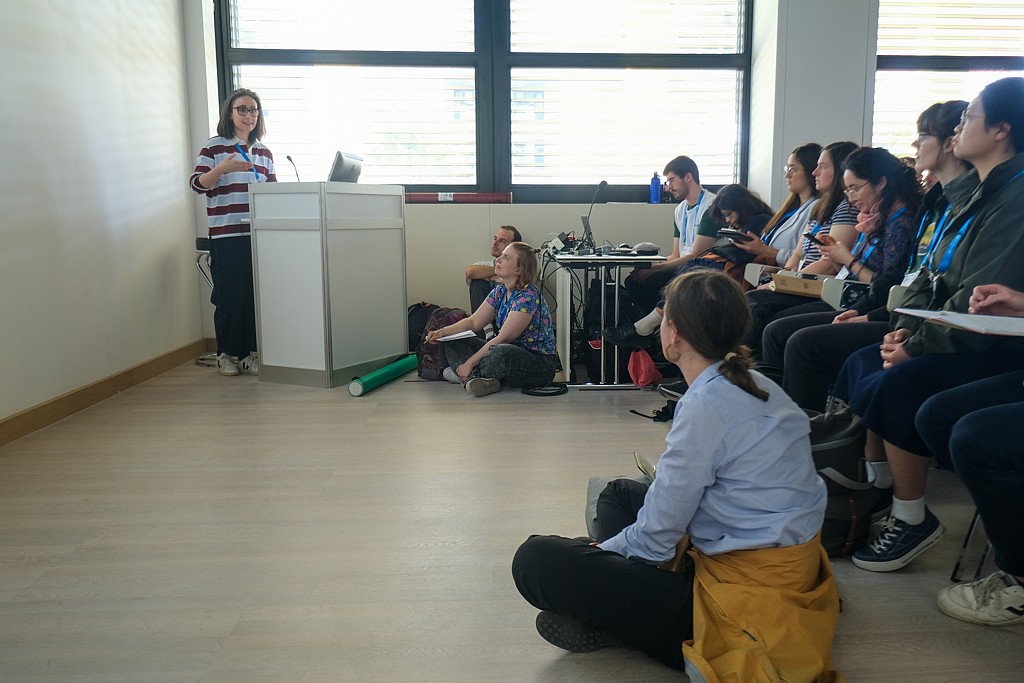
Lucia Perez-Diaz explains how to ‘Draw them in’ – her course on communicating research through illustration. Photo: Jakub Stepanovic.
Even though it was in the first time slot of the conference, Lucia filled the room to its limits, which showcases the topic’s relevance and our community’s interest in it.
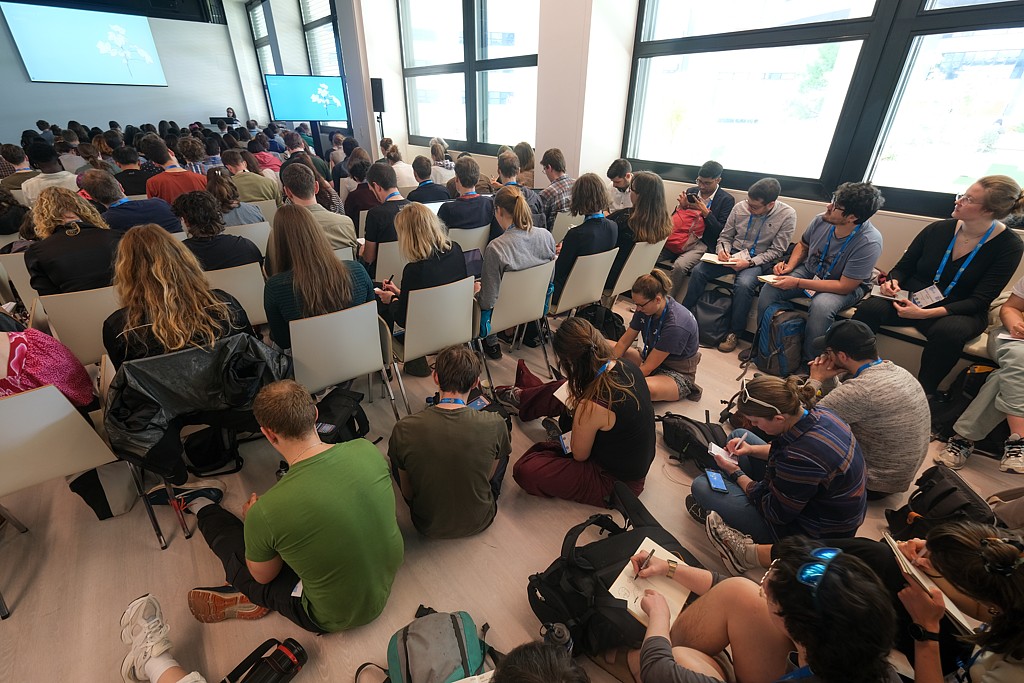
EGU25 attendees sketch during Lucia’s course. Photo: Jakub Stepanovic.
Lucia began her career as a geoscientist and first explored illustration as a tool for science communication during her PhD. She discovered that art doesn’t just spark curiosity in ways that written words can’t — it can also deepen our understanding.
Geoscientists, perhaps more than most, are habitual sketchers. They draw maps, cross-sections, hand specimens — even the things they can’t directly observe, like the Earth’s interior or evolving ideas. For Lucia, sketching has always been more than a means of recording; it’s a way of thinking. The time and focus it demands encourages close observation and reflection. Whether she’s in the field capturing the geometry of an outcrop, or at her desk exploring how best to communicate a complex idea to children, drawing helps her slow down and engage deeply — with both the subject and the audience.
Today, Lucia is a published author-illustrator. Her recent book, How the Earth Works, introduces the dynamic world of plate tectonics to children aged 7 and up. She also teaches other scientists how to use the creative arts to elevate both scientific engagement and communication.
Annabelle shares a similar experience with Lucia’s; her adventure into illustration started somewhat out of necessity, as a geoscience student wanting to record and communicate her work for the benefit of others. Liliane, on the other hand, sees art and science as a singular path that responds to curiosity and creativity. Those were also drivers of Jakub Stepanovic, an artist in residency during EGU22. He, however, did not have a scientific background. While he might have had a love for mountains, rocks, and seas relatable to many EGU attendees, his knowledge of what’s beyond the surface (and how to get there) was rather shallow. Still, an interest in seeing how deep the rabbit hole goes led him to the EGU.

Jakub’s artwork ‘Bikes Make Dresden’ (2018): a downtown map made from locally sourced discarded bike tires, marks how cycling forms a tangible part of the culture of the city. Photo: Jakub Stepanovic.
Although details about, say, examination through WCRP’s CMIP6 models was similar to hearing a language Jakub couldn’t speak, talking to and finding common ground with the EGU community gave Jakub a strong sense of belonging, and learning about the science world fascinated him to the point he plunged into it headfirst soon after: he started working towards a PhD in less than a year following my EGU experience. Talking about a life-changing week…
Jakub’s PhD looks into how to communicate the uncertain nature of science with a general audience in a planetarium, and he is back at the GA this year to share insights from engaging the public with the topic to the EGU community [EGU25 Session SC 3.1].
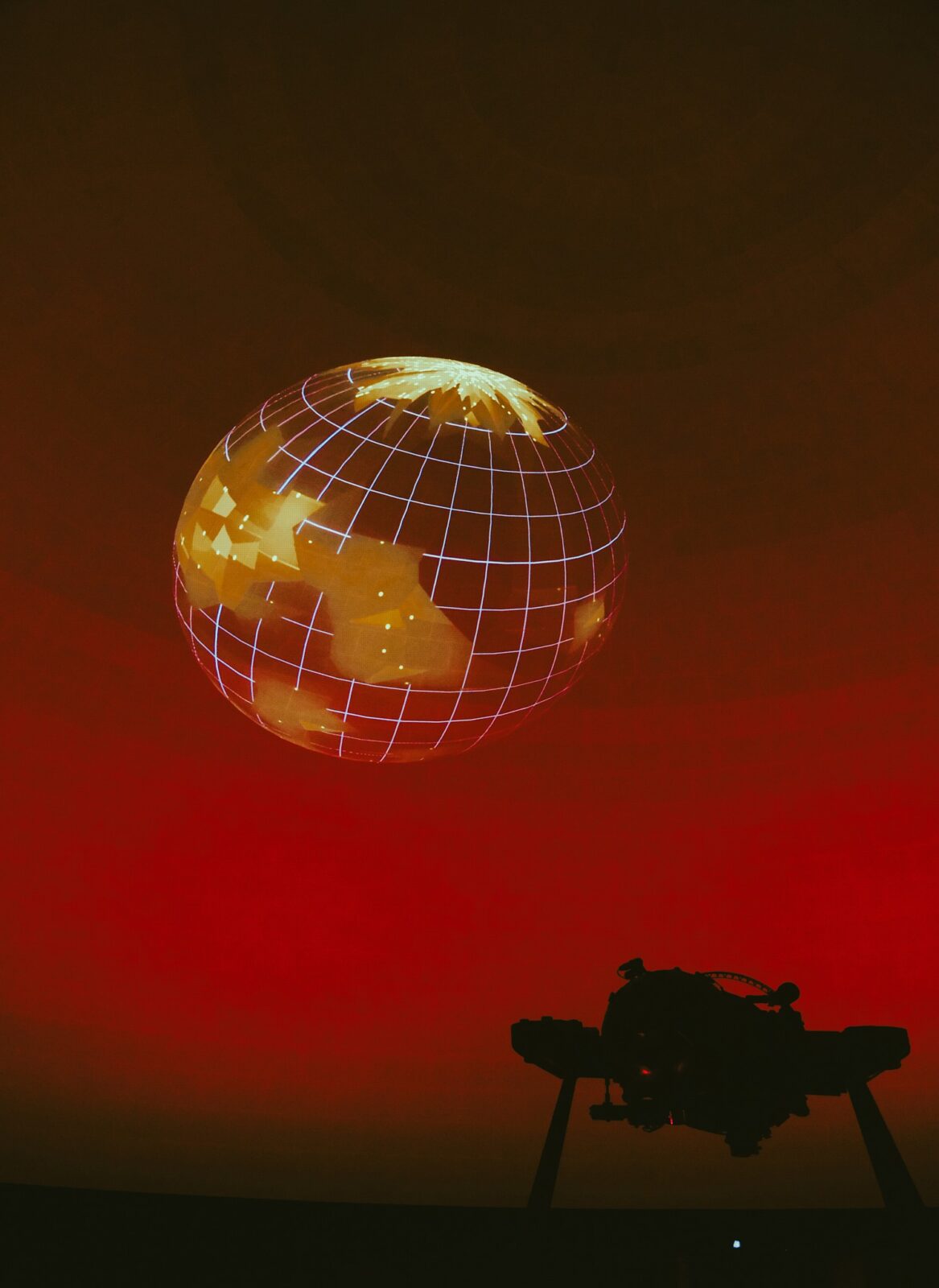
Established imagery in planetariums tends to use photorealistic visuals without bringing attention to missing data. Jakub’s work challenges this notion. Photo: Jakub Stepanovic.
“Who knows where I would be today had I not joined EGU 2022 as an artist… At the same time, who knows who you can meet here and how those meetings can influence your path? I can only recommend being open to those interactions!”
— Jakub

